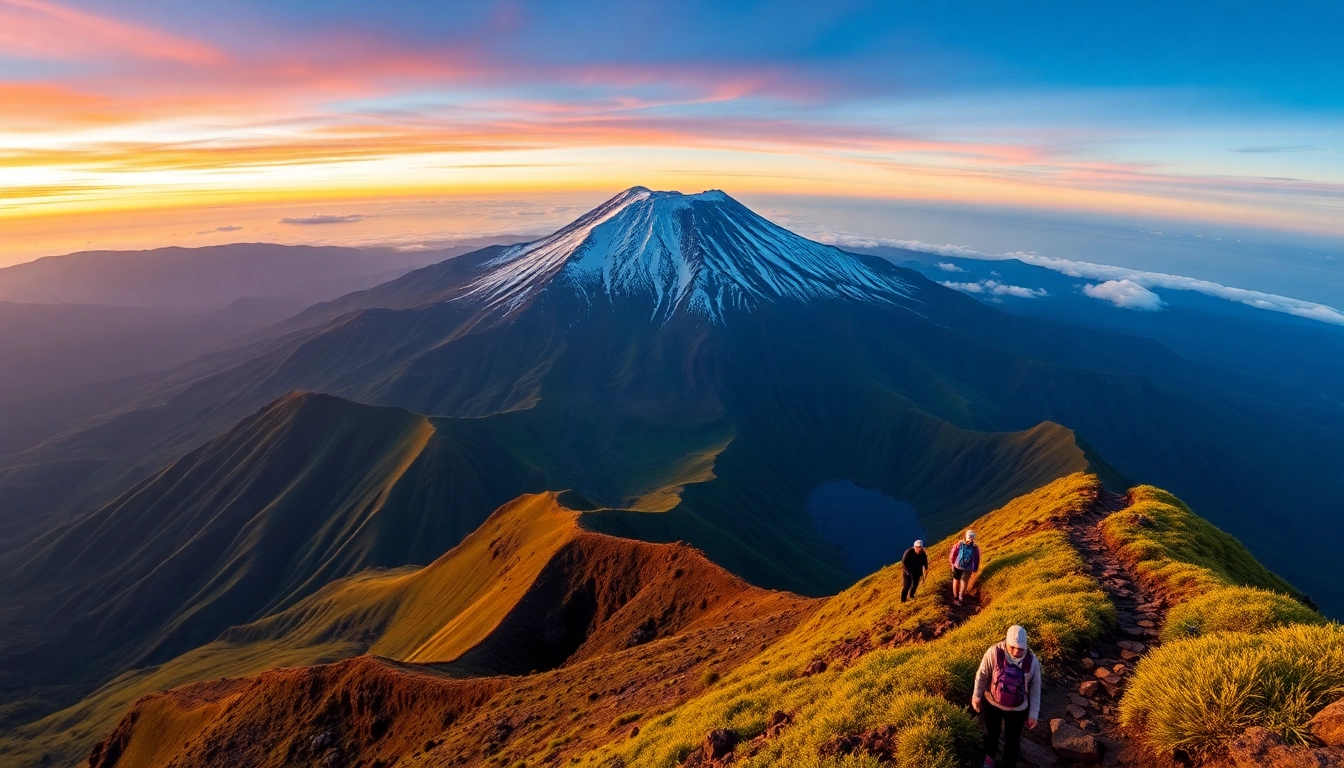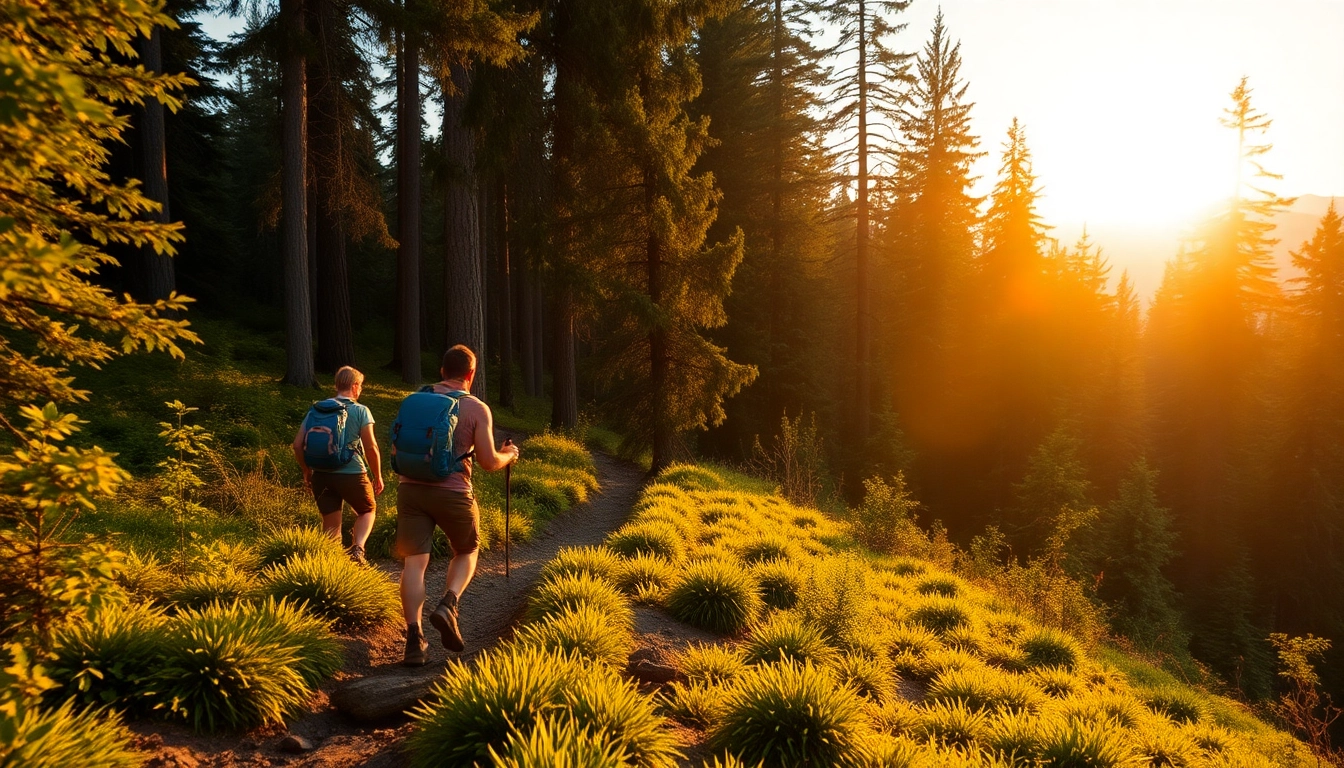Introduction to Mount Rinjani: Indonesia’s Majestic Volcano
Nestled on the island of Lombok in Indonesia, Mt. Rinjani stands as one of Southeast Asia’s most awe-inspiring natural wonders. As the second-highest volcano in Indonesia, with an impressive elevation of 3,726 meters (12,224 feet), Rinjani captivates travelers and adventure seekers alike with its dramatic landscapes, rich biodiversity, and cultural significance. Its status as an active volcano emphasizes its dynamic nature, providing a compelling mix of danger and beauty that draws thousands annually for trekking, research, and spiritual journeys.
This comprehensive guide aims to unlock the mysteries and marvels of Mount Rinjani, from its geographical importance to practical tips for explorers. Whether you’re seeking a challenging trek, an immersive cultural experience, or simply to marvel at its scenic grandeur, understanding the core elements of Rinjani will enhance your adventure and appreciation of this Indonesian icon.
Geographical Location and Significance
Mount Rinjani is situated within the Rinjani National Park, a protected area spanning approximately 41,330 hectares on Lombok Island, West Nusa Tenggara. The volcano is located in the northern part of Lombok, within the regency of North Lombok, and is a prominent feature of the island’s landscape. Its summit is crowned by a large caldera lake, Segara Anak, which is a highlight for visitors and fodder for local legends.
Rinjani is a stratovolcano that has shaped the surrounding environment over millennia, significantly influencing the island’s ecology and the livelihoods of local communities. Its prominence is not only due to its height but also its role as a geothermal and volcanic activity center that contributes to the region’s fertile lands.
Beyond its physical presence, Rinjani symbolizes cultural resilience and spiritual connection for the Sasak and Sasak-related tribes of Lombok, who have long revered the volcano and its surrounding landscapes as sacred grounds. Its geographical position makes it a vital part of Indonesia’s volcanic arc, a testament to the dynamic tectonic processes beneath the region.
Historical Eruptions and Volcanic Activity
Mount Rinjani is an active volcano with a history marked by significant eruptions and geothermal activity. Its most recent major eruption occurred in 2015, which involved ash plumes rising up to 6 km into the atmosphere, disrupting air travel and local communities for weeks. This eruption was one of the most powerful in recent history, resulting in lava flows and ash deposits that reconfigured parts of the landscape.
Historically, Rinjani’s eruptive phases span over thousands of years, with estimates suggesting eruptions dating back as far as 22,000 years ago. These eruptions have occasionally caused widespread ash fall, affecting not only Lombok but neighboring islands as well. The volcano’s activity is monitored continuously, with experts wary of potential future eruptions that could pose risks to inhabitants and visitors.
Scientific research has noted that Rinjani’s volcanic activity is driven by the subduction of the Indo-Australian Plate beneath the Eurasian Plate. This tectonic process fuels magma movement, leading to periodic eruptions characterized by ash clouds, lava flows, and geothermal phenomena like hot springs and fumaroles.
For travelers and trekkers, these eruptions serve as a reminder of the volcano’s temperamental nature—necessitating careful planning, awareness of current activity levels, and adherence to safety guidelines issued by volcanic monitoring agencies.
Why Mount Rinjani is a Must-Visit Destination
The allure of Mount Rinjani extends beyond its status as Indonesia’s second highest volcano; it’s a destination that offers a multifaceted experience blending adventure, nature, and culture. Trekking to its summit rewards explorers with panoramic views of lush valleys, volcanic craters, and the majestic Segara Anak Lake—an iconic caldera lake believed to have spiritual powers.
Rinjani’s diverse ecosystems host unique flora and fauna, providing excellent opportunities for wildlife photography, bird watching, and botanizing. The surrounding national park boasts waterfalls, hot springs, and diverse terrains that attract eco-tourists, nature lovers, and outdoor enthusiasts.
Culturally, Rinjani is intertwined with local narratives, rituals, and traditions. Visiting the mountain offers an insight into Lombok’s indigenous beliefs, ceremonies, and the respect its communities uphold towards this sacred volcano.
Whether seeking an adrenaline-pumping summit attempt or a serene retreat immersed in nature and local culture, Mount Rinjani’s multifaceted appeal makes it a quintessential Indonesian adventure—an experience that leaves a lasting impression.
Planning Your Trekking Adventure on Mount Rinjani
Best Seasons and Weather Considerations
Planning a trek to Mount Rinjani requires understanding Indonesia’s tropical climate. The dry season, spanning from May to September, presents the best weather conditions—clear skies, minimal rain, and mild temperatures—ideal for trekking. June to August typically offer the most stable weather, with daytime temperatures ranging from 15°C to 25°C (59°F to 77°F).
The rainy season, from November to March, can bring heavy downpours, slippery trails, and increased risk of landslides. During this period, trekking becomes more challenging, with trails prone to flooding and poor visibility. Shoulder months like April and October are transitional; weather can be unpredictable, so trekkers should be prepared accordingly.
To maximize safety and enjoyment, always check local weather forecasts before initiating your expedition. Additionally, the start points—such as Sembalun or Senaru—may experience microclimates that influence trail conditions.
Permits, Guides, and Equipment Essentials
Securing the necessary permits is mandatory for trekking Mount Rinjani. These include park entrance permits, trekking permits, and sometimes special permissions for certain routes or areas. It’s advisable to arrange permits in advance through reputable tour operators or park authorities.
Guided treks are highly recommended, especially for first-time visitors. Certified local guides and porters provide invaluable assistance with navigation, safety, and cultural insights, while also supporting local communities economically. The typical guide fee ranges around Rp. 350,000 per day, with porters costing approximately Rp. 300,000 daily.
Essential gear for Rinjani treks includes sturdy hiking boots, layered clothing for variable temperatures, warm jackets, rain gear, headlamps, trekking poles, high-energy snacks, and sufficient water. The high-altitude environment also demands acclimatization, making proper gear crucial to handle cold and windy conditions near the summit.
Choosing the Right Trekking Route: Sembalun vs. Senaru
Trekkers generally choose between two primary routes: the Sembalun Route and the Senaru Route, each offering distinct experiences. The Sembalun trail, starting from the east, is less steep, with a gradual ascent through savannah-like landscapes, making it popular among beginners and those seeking a scenic approach. Its terrain features open meadows, volcanic craters, and volcanic rock formations.
Conversely, the Senaru route, on the north side, is steeper and passes through dense jungle, waterfalls, and lush forests, appealing to experienced trekkers seeking a more challenging ascent. The trek from Senaru typically involves a longer approach but provides rich biodiversity and scenic waterfalls along the way.
Both routes converge at the crater rim, where trekkers can enjoy spectacular views of Segara Anak Lake. The choice depends on your fitness level, preferences, and the time available.
Tips and Strategies for a Successful Ascent
Physical Preparation and Safety Precautions
Preparation is the cornerstone of a successful Rinjani trek. Cardiovascular fitness, strength training, and endurance exercises should begin at least two to three months prior. Simulating altitude changes by hiking in similar terrains will prepare your body for the high elevation and strenuous climbs.
During the trek, adhere strictly to safety guidelines—avoid overexertion, hydrate regularly, and listen to your guide about pace and rest breaks. Carrying a basic first aid kit, including blister treatment, pain relievers, and altitude sickness medication, is highly advisable.
Involving experienced guides familiar with Rinjani’s terrain can significantly mitigate risks like getting lost, weather hazards, or altitude sickness. Plus, guides can assist in emergency situations and provide local knowledge that enhances safety.
Acclimatization and Managing Altitude Sickness
Altitude sickness can affect even well-prepared trekkers. Climbing gradually, staying hydrated, and avoiding alcohol can reduce risk. Key symptoms like headache, dizziness, nausea, or shortness of breath should not be ignored. If symptoms worsen, descending to lower altitudes becomes necessary.
Implementing a proper acclimatization schedule—spending nights at intermediate altitudes and ascending slowly—is crucial. Some trekking packages include acclimatization days, which significantly improve the chances of a successful summit.
Environmental Responsibility and Leave No Trace
Rinjani’s pristine environment needs protection from littering and environmental degradation. Adopting Leave No Trace principles—carrying out all waste, minimizing campfire impact, and respecting wildlife—is essential. Trekkers should use designated camping areas and avoid damaging vegetation or disturbing habitat.
Supporting local communities by purchasing local goods, respecting cultural sites, and following park regulations helps sustain Rinjani’s natural and cultural integrity for generations to come.
Experiencing the Beauty of Mount Rinjani
Highlights Along the Trail and Scenic Spots
The trek to Mount Rinjani’s summit is lined with countless scenic highlights. Starting from the base, trekkers encounter lush rainforests, waterfalls like Sindang Gila, and panoramic vistas from the crater rim. The crater lake, Segara Anak, is a mesmerizing turquoise body of water nestled within the caldera, featuring hot springs and an active volcano that occasionally vents smoke and ash.
Sunrise views from the summit are awe-inspiring, with vibrant hues illuminating the surrounding islands and volcanic landscapes. Trails also offer unique vantage points over the Gili Islands, Bali, and beyond on clear days.
Wildlife and Flora of Rinjani National Park
Rinjani National Park is a sanctuary for diverse flora and fauna. The lower slopes are covered with tropical rainforests hosting species such as the Sumatran orangutans, Javan deer, and various bird species including hornbills and eagles. As altitude increases, the vegetation transitions into alpine and volcanic ecosystems with hardy plants like lichens, grasses, and succulents.
Birdwatchers can spot endemic species, while conservation efforts help protect endangered wildlife habitats. The park’s rich biodiversity makes every trek not only a physical challenge but also a journey into one of Indonesia’s ecological treasures.
Cultural Attractions and Local Traditions
The cultural aspect of Rinjani is equally compelling. Local communities, primarily Lombok Sasak, revere the mountain and conduct traditional ceremonies to honor its spiritual significance. Rituals, offerings, and festivals reflect a deep respect for the volcano’s power.
Visitors can also explore nearby traditional villages, observe weaving, and participate in cultural workshops. Respecting local customs and engaging with community-led initiatives enriches the overall experience, fostering sustainable tourism.
Post-Trek Activities and Nearby Attractions
Relaxing Hot Springs and Waterfalls
After conquering Rinjani’s heights, relaxation awaits at local hot springs like the nearby Aik Berdasarkan or the natural hot springs within the park. These thermal waters offer soothing respite, with mineral-rich pools believed to have healing properties.
Waterfalls such as Sendang Gile and Tiu Kelep in the Senaru region provide stunning natural scenery and opportunities for nature photography and refreshment. Visiting these spots adds a leisurely dimension to your adventure.
Other Trekking and Adventure Opportunities in Lombok
Lombok offers various outdoor activities beyond Rinjani trekking. Explore the Gili Islands for snorkeling, diving, and vibrant nightlife, or venture into the lush forests for mountain biking and jungle trekking. Surfing spots abound on the southern coast, suitable for beginners to advanced surfers.
Cultural tours, island hopping, and traditional cooking classes also diversify your experience, allowing for cultural immersion and local interaction.
Accommodation and Local Cuisine Options
Lombok presents a wide array of accommodation, ranging from budget hostels to luxury resorts. Many are situated near the park entrances or in scenic coastal areas. To complement your adventuring, indulge in local cuisine: spicy Sasak dishes, fresh seafood, and tropical fruits characterize Lombok’s culinary scene.
Engaging with local eateries and markets supports sustainable tourism and provides authentic tastes of Lombok’s rich food heritage.

